Kung Pao Chicken - What do you put in the food blind box, what do I eat
Kung Pao Chicken, without a doubt, is a household name dish. In China, does everyone love it? I don't think so. For example, my dad could not understand the taste of it at all. But whether you like it or not, most people know that its expression must be appropriate. Some say it is Sichuan cuisine, some say it is Shandong cuisine, and some say it is Qian cuisine/Guizhou cuisine.
In short, it is a famous dish that everyone has a share, its own authentic, and no one agrees.
And I, the first time I ate it, was in Beijing. So much so that for a long time, I always thought it was a Beijing dish, with only the color of pepper, but it was actually sweet and sour.
Regarding its origins, it is a bit tortuous and a bit tossed. The age and the addition of every word of mouth make it too dramatic. In short, it is a Guizhou native named Ding Baozhen, who worked as a governor in Shandong and went to Sichuan to be the governor. Living in Guizhou before the age of 33, living in Shandong for the next 13 years, and living in Sichuan for the next 10 years have made such a lively and fragrant Kung Pao Chicken. The reason why it is called Gongbao is also because he himself first added the second-rank official title of Prince Shaobao, and after his death, he was posthumously named the second-rank official title of Prince Taibao. If you get the title of "Prince Taibao", you will be honored as "Kung Pao". His favorite dish made by his cook is called "Kung Pao Chicken". It is also an unbreakable truth that food is expensive by the master.
Guizhou cuisine, Shandong cuisine and Sichuan cuisine have been vying for this flag, and there is no winner. Coupled with the Beijing faction, only one person can hold a corner of the flag, and no one will obey anyone. Let's all have a feast together.
I have always felt that as long as there are diced chicken, nuts and scallions, no matter what type of flavor is made, what seasonings are added or what are missing, in my world, it is all Kung Pao Chicken. Nothing can change from its origins. As for whether to use chicken breast or drumstick, whether to add peanuts or cashew almonds, whether to peel the peanuts, whether there are diced cucumbers or carrots, and whether the green onions should be white or green , they are too detailed and not within my concern. . In short, I eat what you put. If you use three cups of chicken and a little peanuts, I can even put you in the category of Kung Pao Chicken, just take it as Taiwan Railway Kung Pao Chicken.
Among the kung pao chicken in these places, the most easily identified is the practice in Guizhou cuisine. Because its nirvana is Ciba pepper , no nuts.
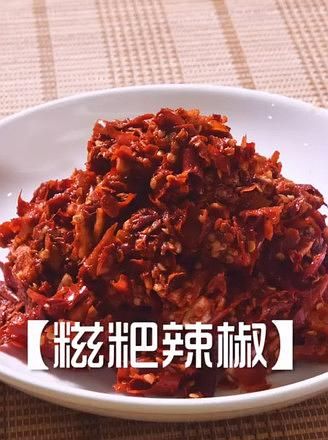
Ciba chili is a mix of spicy but not aggressive and fragrant Zunyi chili peppers and red chili peppers from Dangwu Township in Huaxi. Remove the stems of the peppers, wash them, and soak them in water. Then put an appropriate amount of ginger and garlic cloves, and put them into a stone mortar to pound them together. This process is very similar to making glutinous rice cakes. Ciba is steamed and smashed glutinous rice, put it in a stone trough and beaten into mud with a hammer, and then made into different shapes. Probably because of this, this hot sauce is called Ciba pepper. And the mashed peppers will be sticky and stick to each other. After pounding, put oil in the pot, add the pounded chili, salt, white pepper, and fry. Wait until the color has darkened to serve, and cool before bottling. Others let it sit for 24 hours to lightly ferment.
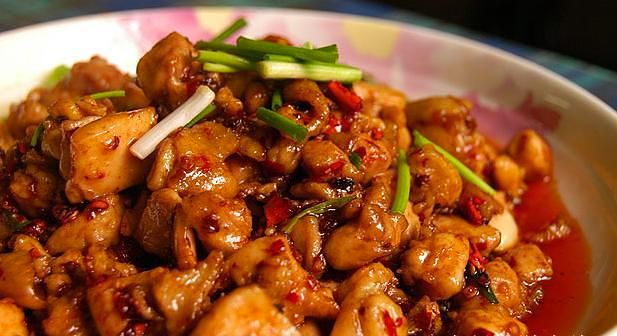
Ciba peppers have three flavors of hot, sour and salty, and some sweet noodle sauce is added when making Kung Pao Chicken, so Guizhou Kung Pao Chicken is salty and spicy with a little sour and sweet. And "Kung Pao" dishes are particularly numerous in Guizhou cuisine, such as Kung Pao waist flower, Kung Pao chrysanthemum (chicken kidney), Kung Pao frog, Kung Pao belly, Kung Pao Rabbit, etc., all of which use glutinous rice cakes. Chili popped and seasoned.
In addition, the Kung Pao chicken in Guizhou cuisine requires every piece of chicken to have the skin on when changing the knife, because the chicken skin is rich in fat, which not only makes the chicken more delicious, but also avoids the high temperature lubricating oil. Excessive water loss, the taste becomes woody. In addition, diced chicken needs to be removed from the oil before frying, it will not be "fried in oil" like the other two places.
The Kung Pao Chicken in Nalu cuisine is chicken, peanut kernels, green onions, Chinese peppercorns, dried chili peppers, and sliced garlic, all of which are indispensable. Moreover, the order in which these ingredients are placed in the pot is also very particular. Pepper, simmering, garlic, and scallion should appear in order. If the order is wrong, the taste of the dishes will be messed up. The green onions will be selected from Zhangqiu, Jinan, and only the middle section of white and green will be taken and cut into peanut-sized sections. A dozen Dahongpao peppercorns are numb and fragrant. One last tick on the pan before serving. Some people also say that the Kung Pao Chicken in Shandong cuisine will contain cucumbers or even carrots, but it is not in the recipes of the masters of Shandong cuisine, but it may be in any restaurant. After all, the fried chicken with sauce in traditional Shandong cuisine includes diced cucumber.
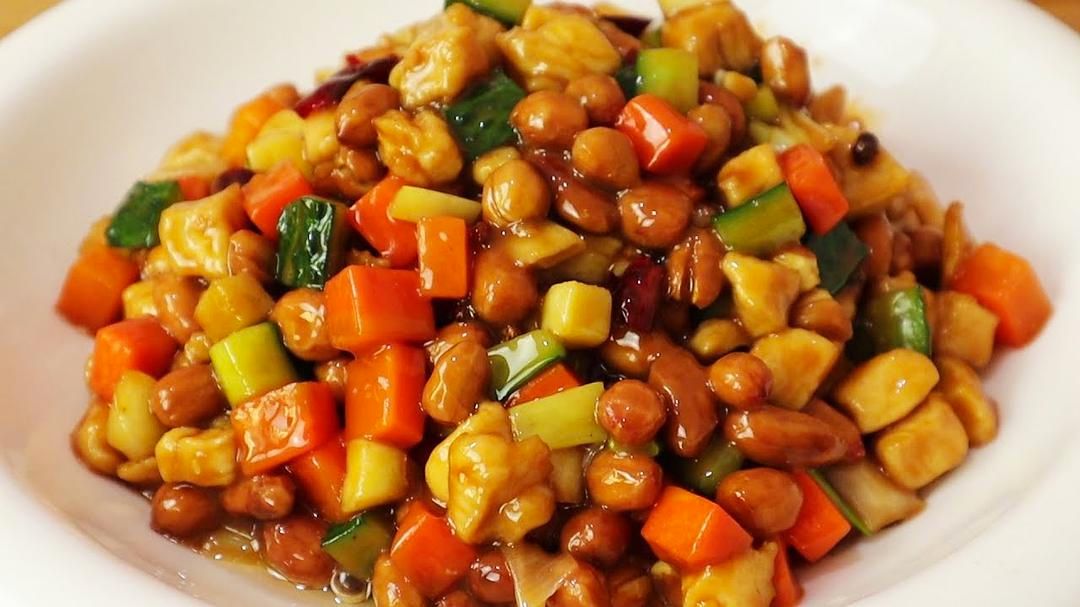
As for the Sichuan version of Kung Pao Chicken, it is about frying quickly and in one go. Allow the chicken to heat to maturity in the shortest possible time, hoping to maximize its tenderness. It is said that it only takes 20 seconds to complete a dish of Kung Pao Chicken. First heat the clean pot until it is scalding hot, put in the cold oil and immediately add the chili peppers and fry for 2 seconds, then turn the Dahongpao peppercorns over. At this time, the oil temperature in the pot is about 50% hot, which is the best time to add chicken cubes. At this time, the chicken pieces are not easy to stick to the pan after being placed in the pot, nor will they stick together. Slip the chicken and wait for it to change color, then quickly add onion, ginger and garlic and mix well. At this time, the temperature in the pot is already very high, and when you pour the sauce, you can hear a "thorn" sound. The water and part of the acetic acid in the sauce quickly volatilize, and the chicken pieces are fully flavored at the same time. Stir fry evenly immediately, add peanuts and stir well to serve.
The Sichuan version of Kung Pao Chicken is salty, sweet, and spicy. It is a compound flavor of Xiaolizhikou . Spicy is not its main flavor, so it uses Erjingtiao with lower spiciness but stronger fragrance. Scallions are an important ingredient in making Kung Pao Chicken. In Sichuan cuisine, shallots are used instead of the spiced scallions. This is because the scallions cut from the scallions are too thick, and the finished dish has a feeling of dominance. Sugar color is the coloring magic weapon of Sichuan chef, but when making Kung Pao Chicken, sugar color is not added when frying, but is added when sizing, so that the coloring effect is more uniform and natural. In addition, the wet starch that is put in the sizing of chicken in Sichuan cuisine is not prepared with water, but with whole eggs or egg whites.
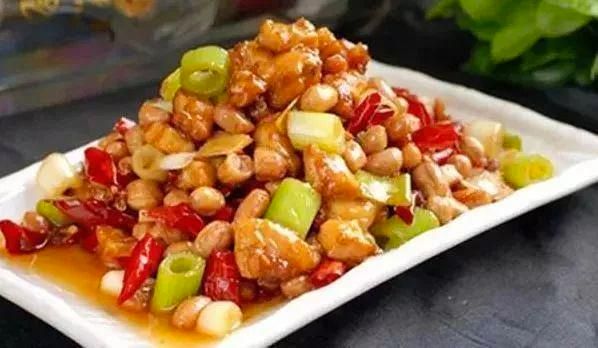
As for Kung Pao Chicken, which is often presented in Beijing cuisine, it developed along the Sichuan cuisine.
However, I have always felt that this dish is absolutely super fragrant inside the wall and outside the wall. For example, it has become a big dish for foreign guests. For example, Kung Pao Chicken has appeared in different American dramas.

Some people say that Kung Pao Chicken came to the United States with Chinese workers when the Pacific Railway was built in the United States. However, it has successfully penetrated into the lives of ordinary people in the United States, and a Chinese restaurant chain called Panda Express (Panda Express) is a very important part.
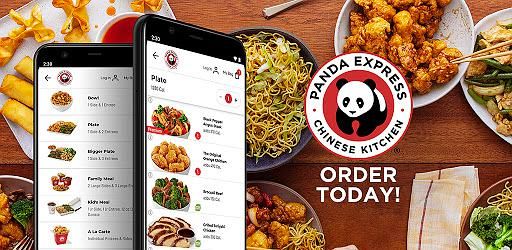
Cheng Zhengchang, a doctor of mathematics, and his wife, Peiqi Jiang, a doctor of electrical engineering, founded the first store in 1983. Cheng's father was a chef. At the beginning, I cooked for senior officials of the Kuomintang in the land of fish and rice, and I practiced a good skill of stewing, stewing, and simmering. During the years of the civil war between the Kuomintang and the Communist Party, he evacuated from Yangzhou to Taiwan and worked as the head chef at the Yuanshan Hotel. Although Dad Cheng’s Chinese cooking skills are superb, Panda Express has been serving Chinese fast food for Americans since its inception. And our favorite Chinese food are two concepts.
In fact, fast food chains want to break through geographical and cultural constraints, they always have to localize. For example, KFC launched the old Beijing chicken rolls, and Panda Express recognized "Laomei likes sweet and sour with a little spicy taste" in the seasoning stage. As a result, their signature Orange Chicken has become a must-try when visiting the store, and sales once accounted for more than 30% of the total revenue. It is they who let the whole world know that there is a dish in Chinese food called Kung Pao Chicken.
It's just that the Kung Pao Chicken here is not any of the flavors we have carefully broken down above. Its official website is called "A Szechwan-inspired dish with chicken, peanuts and vegetables, finished with chili peppers" In addition to beef, meat, peanuts and peppers, which are eaten more, are not lacking in the United States. The convenience and familiarity of the ingredients make it quick to grab the American stomach.
Apart from the particularly sweet and sour taste, you won't find any peppercorns in the Kung Pao Chicken at Panda Express. Because in 1968, the United States banned the import of Sichuan peppercorns, in fact, banned the import of all citrus plants and related products, including Sichuan peppercorns, on the grounds that they may carry certain fungal diseases that would harm American farms and citrus plants. The ban was only slightly relaxed in 2005, and peppers that had been sterilized by heat at 70°C could be imported.
So, if you order this dish and look at the red peppers inside, don't murmur, what, is this Kung Pao Chicken?
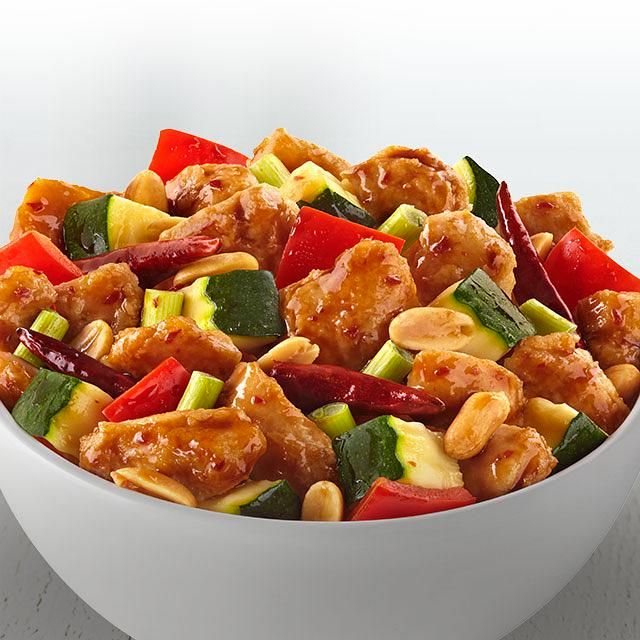
It feels like this dish is not so popular in Europe. Some say it has a lot to do with immigration. Most of the immigrants who went to Europe were from southern Zhejiang, Fujian and Guangdong, and they had nothing to do with Kung Pao Chicken. Even I think it makes sense whether Kung Pao Chicken spread to Europe through the fire in the United States.
If I go to a restaurant by myself, there is a high chance that I won’t order Kung Pao Chicken, but if some American friends come, maybe the first dish I will take them to eat is Kung Pao Chicken. "Come on, try a different Kung Pao Chicken!"
Like my work? Don't forget to support and clap, let me know that you are with me on the road of creation. Keep this enthusiasm together!
